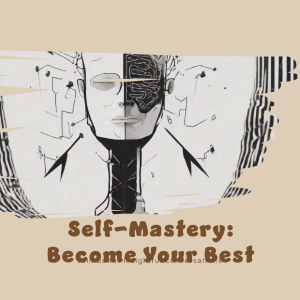

Hey PaperLedge crew, Ernis here, ready to dive into some seriously cool tech that's pushing the boundaries of how computers understand and recreate humans in 3D!
Today, we're unpacking a paper that introduces something called HART, which stands for... well, the specifics aren't super important, but think of it as a super-smart system for building 3D models of people from just a handful of photos. Imagine only taking a few pictures of someone from different angles, and then bam, the computer generates a complete, realistic 3D model!
Now, you might be thinking, "Okay, Ernis, we've had 3D models for years. What's the big deal?" Well, previous methods had some major limitations. Some focused on fitting the person into pre-made "template" bodies, which didn't handle loose clothing or when people interact with objects very well. It's like trying to squeeze a square peg into a round hole! Others used fancy math but only worked if the cameras were set up in a very specific, controlled way – not exactly practical for real-world scenarios.
HART takes a completely different approach. Instead of trying to force-fit a template or rely on perfect camera setups, it analyzes each pixel in the photos and tries to understand the 3D position, the direction it's facing (the "normal"), and how it relates to the underlying human body. It's almost like giving the computer a pair of 3D glasses and saying, "Okay, see what's really there!"
Here's a fun analogy: Think of it like a sculptor who doesn't just carve from one big block. Instead, they carefully arrange a bunch of small clay pieces to create the final form. HART works similarly, putting together these per-pixel understandings to create a complete and detailed 3D model.
One of the coolest things is how HART handles occlusion – when part of the person is hidden from view. It uses a clever technique called "occlusion-aware Poisson reconstruction" (don't worry about the jargon!), which basically fills in the gaps intelligently. Imagine you're drawing a person behind a tree. You can't see their legs, but you can still guess where they are and how they're positioned. HART does something similar, using its knowledge of human anatomy to complete the picture.
To make the models even more realistic, HART aligns the 3D model with a special body model called "SMPL-X." This ensures that the reconstructed geometry is consistent with how human bodies are structured, while still capturing those important details like loose clothing and interactions. So, the model doesn't just look good, it moves like a real person too!
And if that weren't enough, these human-aligned meshes are then used to create something called "Gaussian splats," which are used for photorealistic novel-view rendering. This means that you can generate realistic images of the person from any angle, even angles that weren't in the original photos!
"These results suggest that feed-forward transformers can serve as a scalable model for robust human reconstruction in real-world settings."Now, here's the really impressive part: HART was trained on a relatively small dataset of only 2.3K synthetic scans. And yet, it outperformed all previous methods by a significant margin! The paper reports improvements of 18-23 percent in terms of accuracy for clothed-mesh reconstruction, 6-27 percent for body pose estimation, and 15-27 percent for generating realistic new views. That's a huge leap forward!
So, why does this matter to you, the PaperLedge listener?
- For gamers and VR enthusiasts: This technology could lead to more realistic and personalized avatars in your favorite games and virtual worlds.
- For fashion designers: Imagine creating virtual clothing that drapes and moves realistically on different body types.
- For filmmakers and animators: This could revolutionize character creation and animation, making it easier to create realistic human characters.
- For anyone interested in AI and computer vision: This is a fascinating example of how AI can be used to understand and recreate the world around us.
Here are a couple of things I'm thinking about as I reflect on this research:
- How easily could HART be adapted to work with video input instead of still images? Could we see real-time 3D reconstruction of people in the near future?
- What are the ethical implications of having such powerful technology for creating realistic digital humans? How do we ensure that it's used responsibly?
I'm really curious to hear what all of you think. Let me know your thoughts on this groundbreaking research, and what applications you see for it in the future. Until next time, keep learning!
Credit to Paper authors: Xiyi Chen, Shaofei Wang, Marko Mihajlovic, Taewon Kang, Sergey Prokudin, Ming Lin
More Episodes
All Episodes>>Create Your Podcast In Minutes
- Full-featured podcast site
- Unlimited storage and bandwidth
- Comprehensive podcast stats
- Distribute to Apple Podcasts, Spotify, and more
- Make money with your podcast












